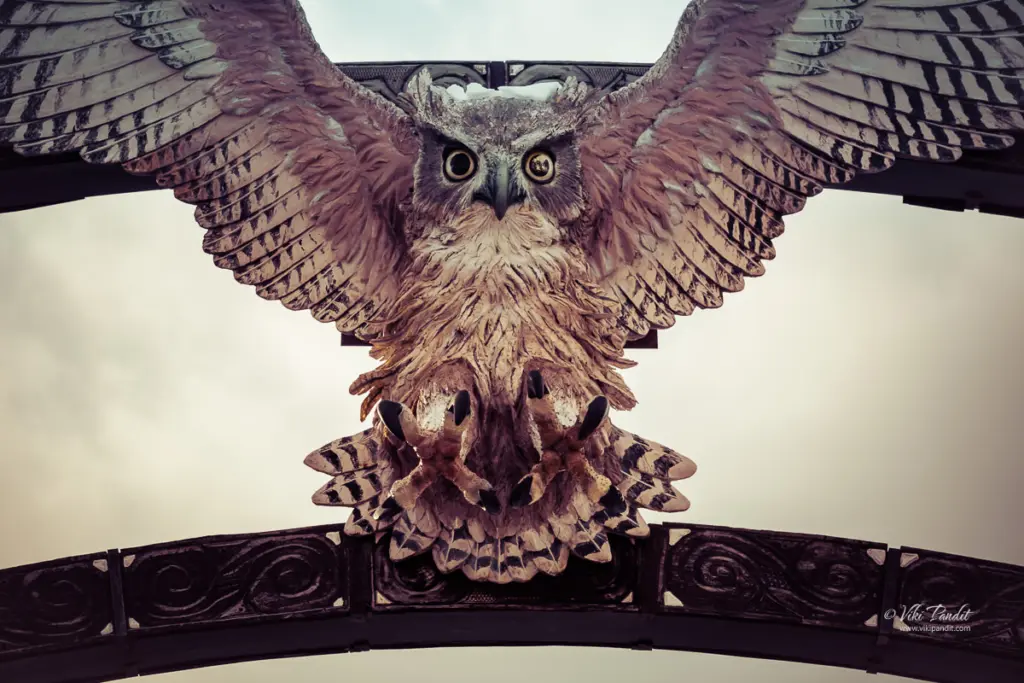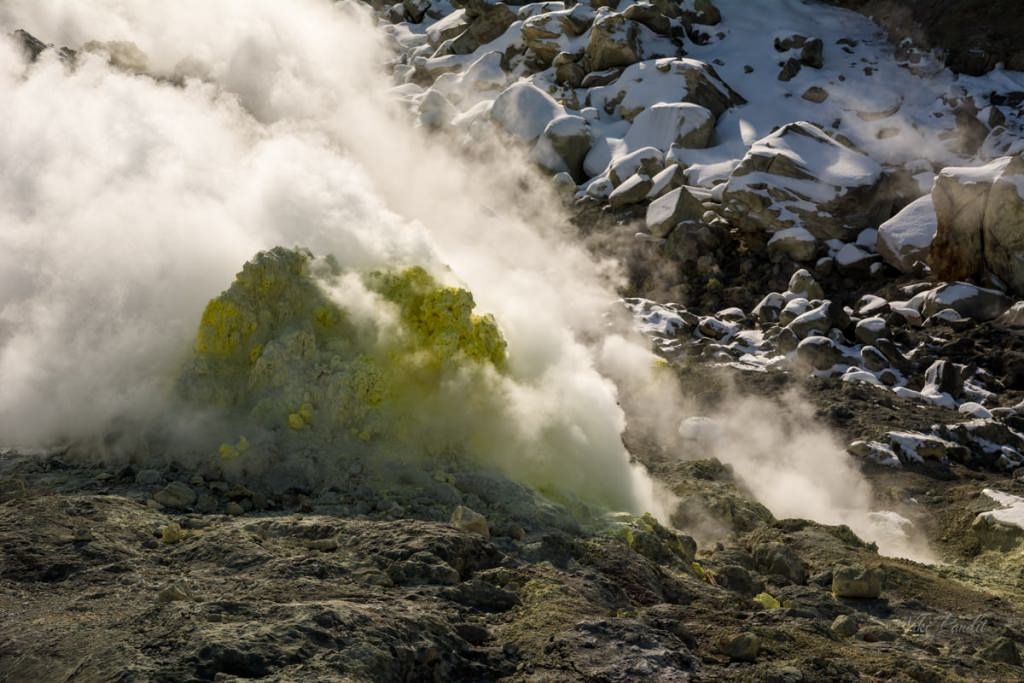
Ainu Kotan at Lake Akan
Ainu Kotan is a small Ainu village near Lake Akan. The village comprising some 40 Ainu households live here in scattered huts in an attempt to preserve the Ainu culture. The Ainu are greatly skilled in wood works and various shops can be found in the village selling wood carvings and embroidery.


